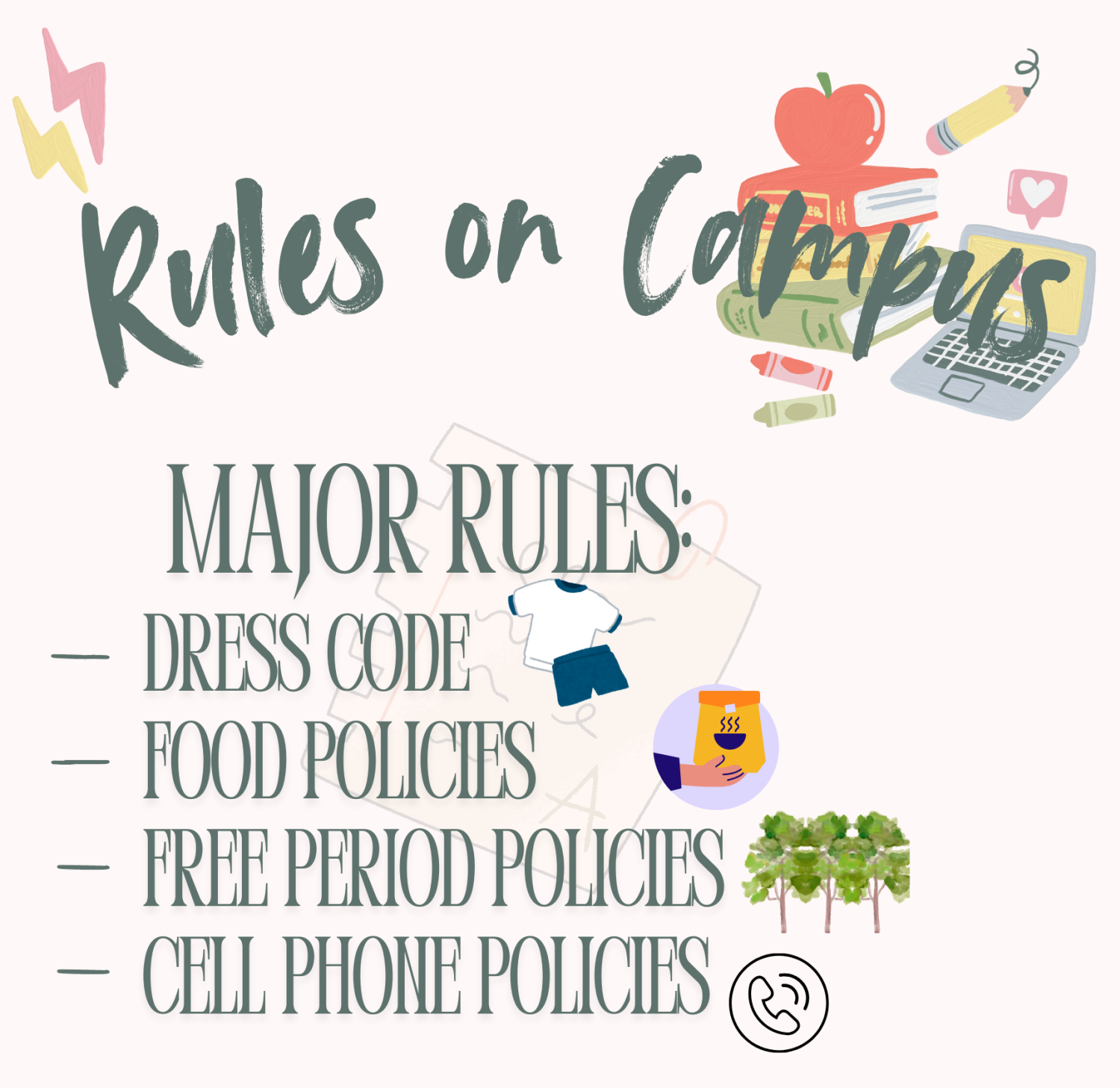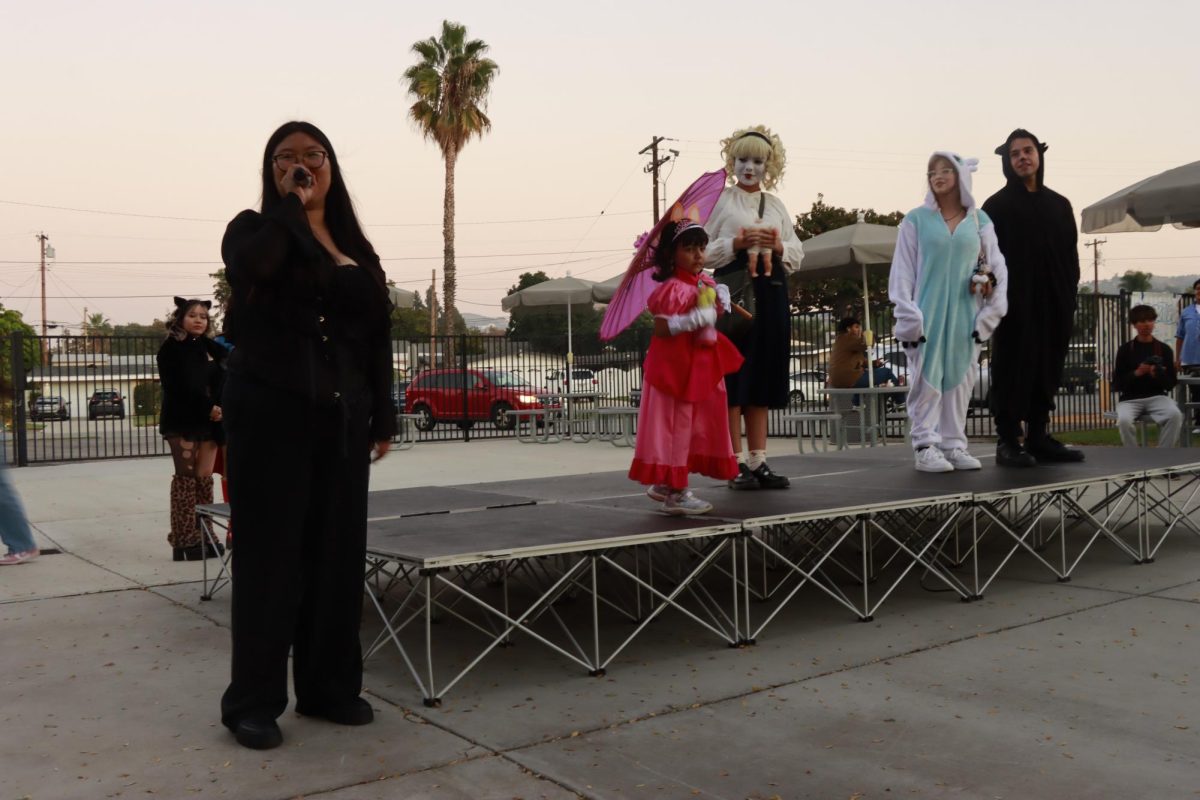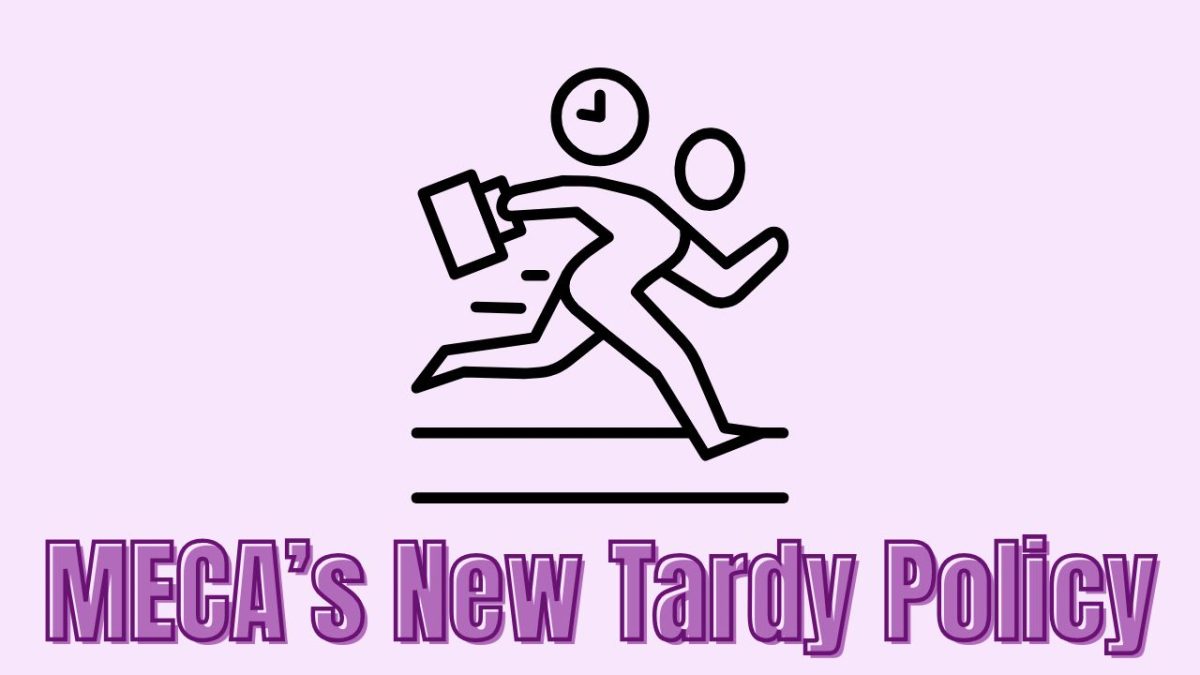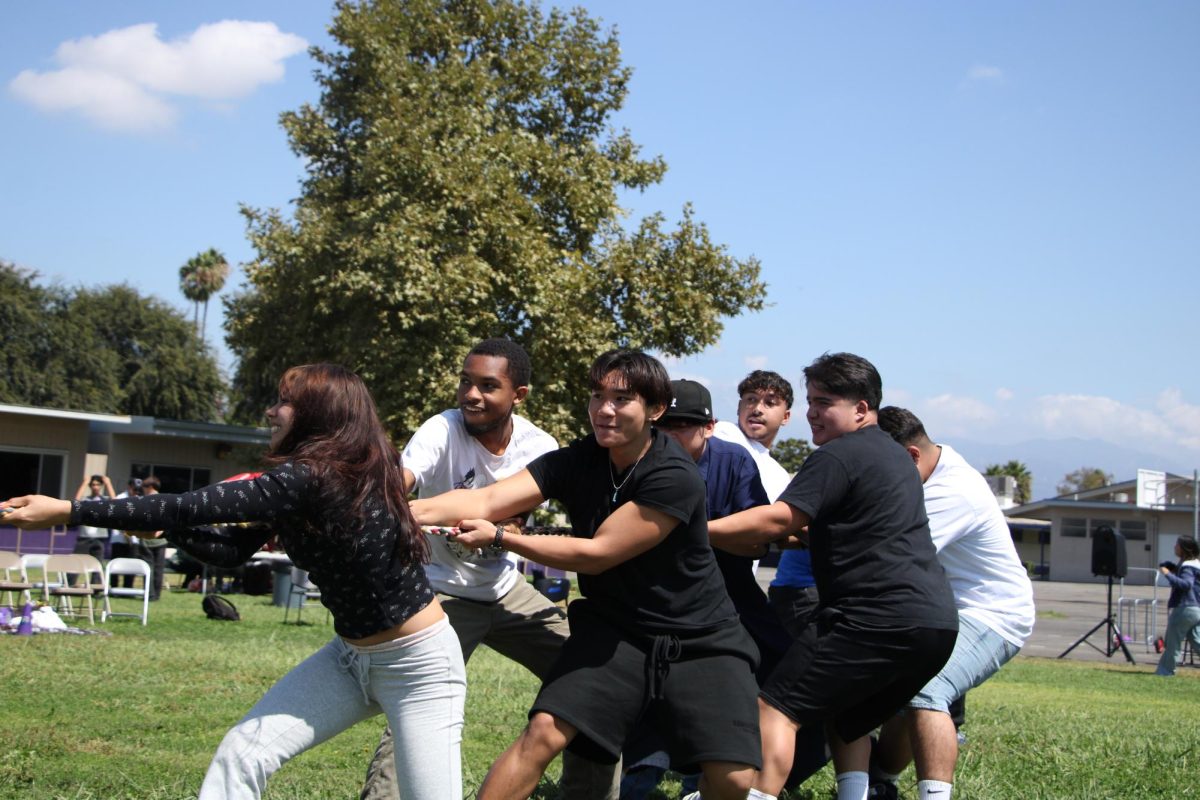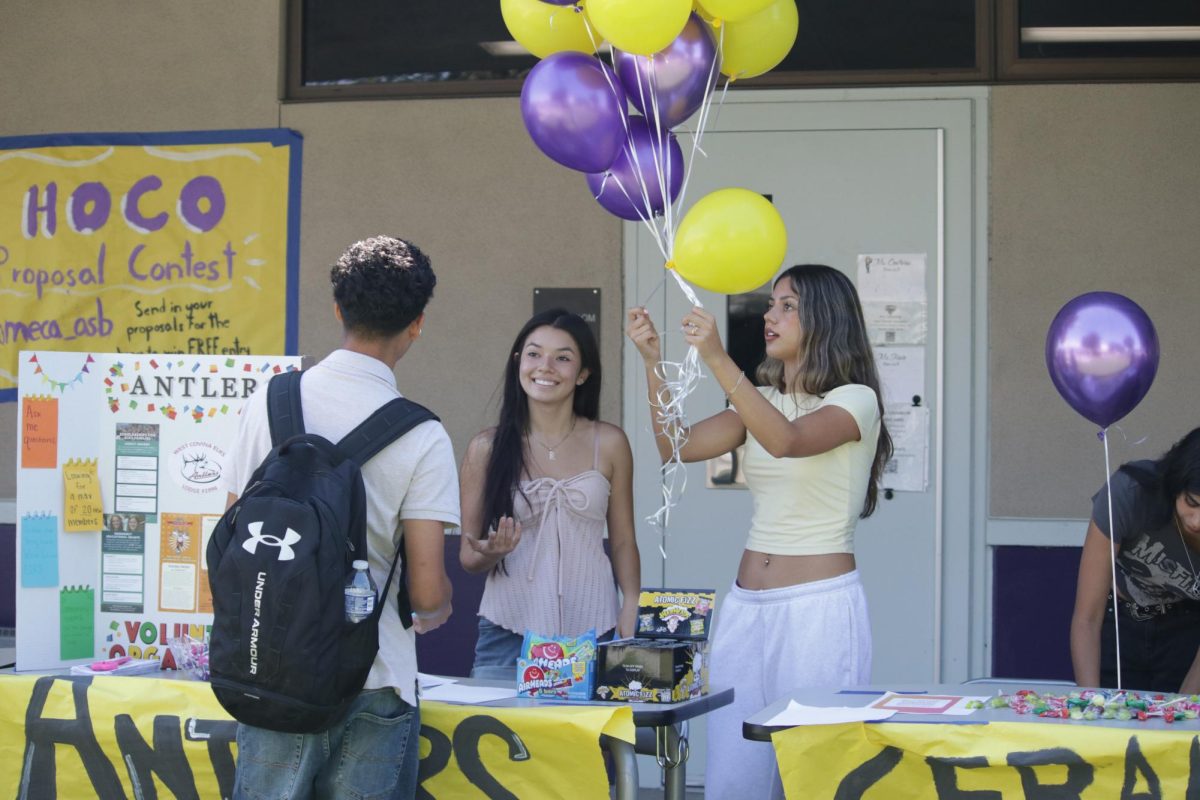There are many rules on the MECA campus, one of which is the free period rule. The MECA Safety Procedure and Student Handbook tell us that when students check-in for a free period, they are allowed to move to different areas like the MPR, the quad, and the Wellness Center. But with this freedom comes some restrictions.
Students are not allowed to go into classrooms, play in the courts, and make loud noises, and, if found out, they may face the consequences of classroom intervention and parent contact.
Back during the first three years of the school, students had a lot more freedom regarding free periods. They could play, be loud, and walk around. Abigail Vargas, a graduated senior at MECA, gives us insight into how it was back then.
“When I was a student there, we had a lot of freedom. We weren’t confined to the MPR; more often than not, we would sit outside, go to the library, or sit in with one of the teachers during their free period. We also never had any issues though, as far as I know at least,” she says.
Now that we have more restrictions, people have less freedom to do what they want.
Jasmine Arce, a “freshman, states “The bathroom in there is locked out. There’s no, like, water fountain or anything. [So] yeah, I kinda find that a little unfair. The seniors, they should have [the] freedom.”
Johan Cordero, the Spanish teacher, however, refutes this. “As you know, sometimes kids can get pretty loud, and I don’t like to let others in as they could distract my students from learning, and that could affect them.”
The school handbook states that it is for the teachers to know where students are to be able to react if students are in any trouble, and they are responsible for the safety of the students.
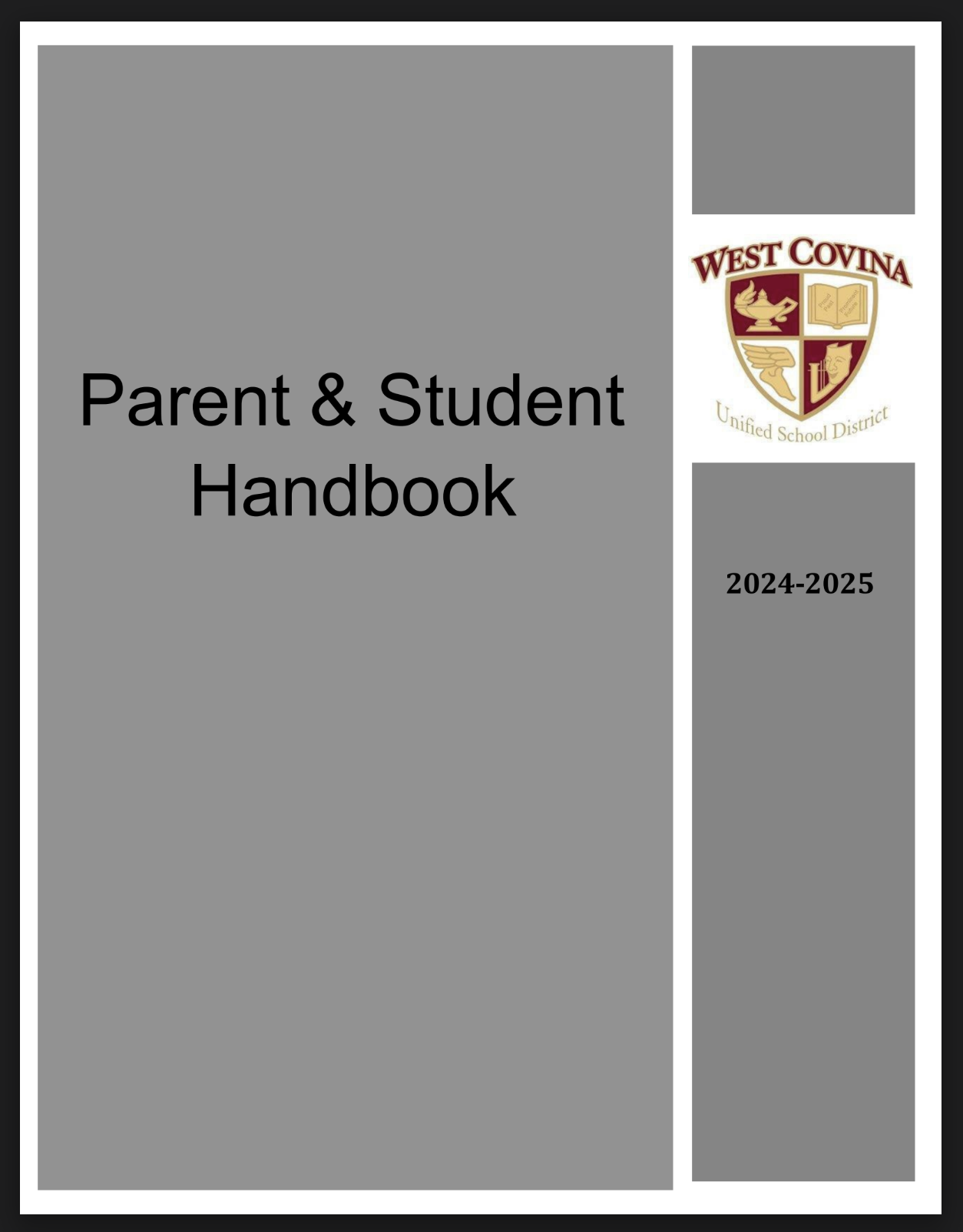
As for the dress code, the rules are that: First, students’ “Clothing, jewelry, and personal items shall be free of writing, pictures, or any other insignia which is vulgar, lewd, obscene,
profane, or which promotes the use of alcohol, drugs, tobacco, weapons, or other illegal activity.” Secondly, “safe and appropriate shoes must be worn at all times.” Lastly, “Clothes shall be sufficient to conceal undergarments” and “See-through tops and bare abdomens are prohibited.”
These dress codes are all very common in schools, and many schools have the same rules, if not more. Some schools have rules that seem to be unnecessary.
For example, Jasmine Arce says that at Edgewood Middle School, “blankets are not allowed.”
Dr. McDonnell says, “In the previous school I worked at, we had a different dress code policy that they had to have a certain color sweatshirt only.”
The most controversial rule that was changed recently is the “food delivery” policy. MECA advisers agreed to let students have the ability to have food delivered to them during lunchtime and after school. This is very rare and fortunate for MECA students because the West Covina Student Handbook clearly states that students cannot have food delivered to them during school hours. But after the food policy had been agreed on, teachers found out that students had been using this advantage to more likely expose themselves to more danger.
“I saw a student who literally like went to the gate and… had the food lifted over the top to them instead of going through the front office,” says Courtney Bell, English teacher. “The reason that they want the food delivered to the front office is that we don’t know who those people are we don’t know if their up to no good and they want to hurt you guys or anything like that, so it just tends to give a little bit more… security.”
Johan Cordero also thinks that students can abuse this rule to avoid class.
“I was pushing for kids not being able to get breakfast or lunch during class because some kids would ask to do that and they wouldn’t come back later.”
The phone policy has a long list of pros and cons at school. From being able to contact your family in a situation to accidentally posting someone who was changing in the locker room, each has its extremes. With each side having its list of pros and cons, things are very different for this rule.
Johan Cordero agrees with this saying, “For the phone policy, it’s in between because if something happens or the students are not paying attention, then it could be bad, but for things like Kahoot, it’s great as they are all focused on being competitive and doing work.”
Phones being a distraction in class is not the only reason we have the cell phone policy. Research shows that teenagers are on their phones for 20-30% of the day.

“I think the cell phone policy is to help you guys be more aware in class I think that we as a society are very much addicted to our phones to the point where like, I was telling a couple of teachers this, I had students who literally are so unaware how often they check their phones, that they’ll check it with me standing right next to them and not realizing their breaking my rules,” Bell says. “And again, I don’t think they’re doing this on purpose, I think that they’re literally just so addicted to their phones.”
With the rules being changed, the majority of the student body chooses to accept and acknowledge that the rules are there to protect them and balance the freedom of doing right and wrong things. It is the teachers’ responsibility to ensure the students’ safety, so they can do that by setting rules like the cell phone policy, dress code, and food policy to protect the students on campus during school hours and ensure nothing wrong happens to them.
Even though some of the rules are not understandable, rules are a significant tool for teachers to let students understand what information the teacher are sending to them and teaching them.
Dacieius Bynum (11) supports this idea, saying, “The rules are good because it helps balance out of what people can and cannot.”
Jacob Islas (11) agrees that rules are helpful tools “because it keeps students on task and makes the teachers’ jobs easier and less stressful.”
Rules sometimes suck. But they are an essential part of restrictions in schools that can keep students safe and help them learn what the teacher is teaching them; for example, the phone policy allows students to stay more focused and be on task, the dress code helps students have a more comfortable and healthy environment, the food policy can help students enjoy the food that they like and stay safe at the same time, and the free time policy can let the teachers make sure where students are located so when there is an emergency they can ensure their safety.
While they may feel frustrating, rules are placed to limit freedom of the behaviors of students that tend to endanger them and others.

